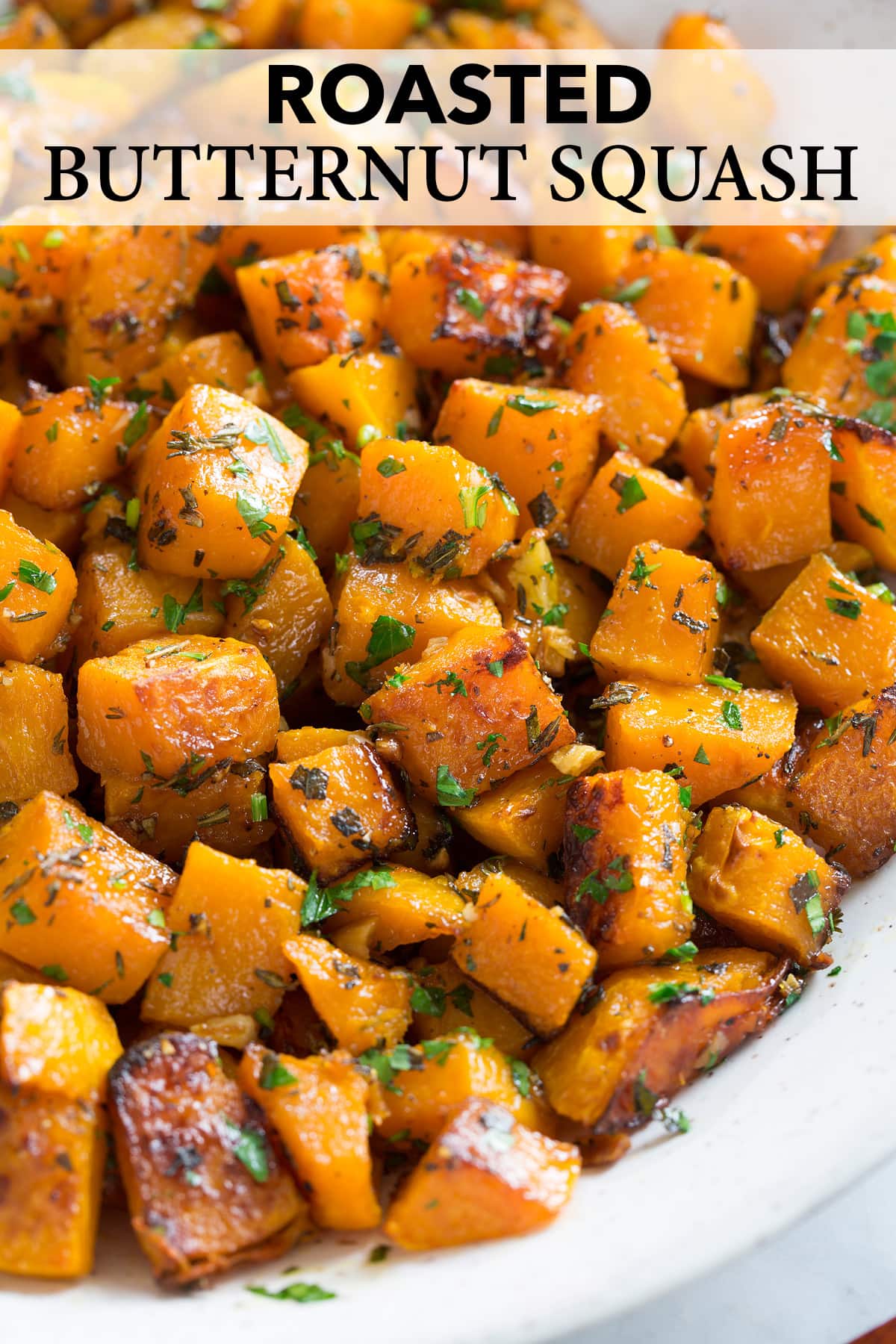How to Cook Butternut Squash

Roasting Butternut Squash
Roasting is one of the best ways to cook butternut squash because it brings out its natural sweetness and creates a delicious caramelized exterior. Here's how to do it:
Step 1: Preheat the oven
Preheat your oven to 400°F (200°C).
Step 2: Prepare the squash
Peel the butternut squash with a vegetable peeler, then cut it in half lengthwise and scoop out the seeds with a spoon. Cut the squash into 1-inch cubes.
Step 3: Season the squash
In a bowl, toss the squash cubes with olive oil, salt, pepper, and any other seasonings you like such as garlic powder or cinnamon.
Step 4: Roast the squash
Spread the seasoned squash cubes out in a single layer on a baking sheet. Roast in the preheated oven for 25-30 minutes, or until the edges are caramelized and the squash is tender.
Pros and Cons of Roasting Butternut Squash
| Pros | Cons |
|---|---|
| Brings out natural sweetness | Can be time-consuming |
| Caramelizes exterior | May dry out if overcooked |
| Easy to season | Requires oven |
Mashing Butternut Squash
Mashing butternut squash is a great way to make it into a creamy side dish that pairs well with roasted meats and other vegetables. Here's how to do it:
Step 1: Cook the squash
Peel and chop the butternut squash into small pieces. Boil or steam the squash until it is tender and can be easily mashed with a fork.
Step 2: Mash the squash
Drain the cooked squash and mash it with a fork or potato masher. Add butter, salt, pepper, and any other seasonings you like such as nutmeg or sage.
Step 3: Serve the squash
Serve the mashed butternut squash hot as a side dish with your favorite meal.
Pros and Cons of Mashing Butternut Squash
| Pros | Cons |
|---|---|
| Creamy and delicious | Can be high in calories |
| Pairs well with other dishes | Requires cooking |
| Easy to season | Can be lumpy if not mashed well |
Making Butternut Squash Soup
Butternut squash soup is a comforting and delicious dish that is perfect for chilly weather. Here's how to make it:
Step 1: Roast the squash
Follow the instructions for roasting butternut squash, then set the roasted squash aside.
Step 2: Sauté the aromatics
In a large pot or Dutch oven, sauté diced onion and garlic in olive oil until soft and fragrant.
Step 3: Add the squash and stock
Add the roasted squash to the pot along with chicken or vegetable stock. Bring the mixture to a simmer and cook for about 15 minutes.
Step 4: Blend the soup
Use an immersion blender or transfer the soup to a blender and blend until smooth.
Step 5: Season and serve
Season the soup with salt, pepper, and any other seasonings you like such as thyme or cumin. Serve hot with crusty bread.
Pros and Cons of Making Butternut Squash Soup
| Pros | Cons |
|---|---|
| Comforting and warming | Requires multiple steps |
| Can be made in large batches | Can be high in sodium |
| Easy to season and customize | Requires blender or immersion blender |
FAQs
Q: Is butternut squash good for you?
A: Yes, butternut squash is a good source of fiber, vitamins A and C, and potassium. It is also low in calories and fat.
Q: Can you freeze butternut squash?
A: Yes, you can freeze butternut squash. Cut it into cubes and blanch it in boiling water for 2-3 minutes, then transfer it to airtight containers or freezer bags and freeze for up to 6 months.
Q: Can you eat the skin of butternut squash?
A: Yes, you can eat the skin of butternut squash, but it is tough and may not be pleasant to eat. It is best to peel the squash before cooking.
Q: What can I make with leftover roasted butternut squash?
A: Leftover roasted butternut squash can be used in a variety of dishes such as salads, soups, and pasta dishes. Try adding it to a grain bowl with quinoa and roasted vegetables, or using it as a topping for pizza.
